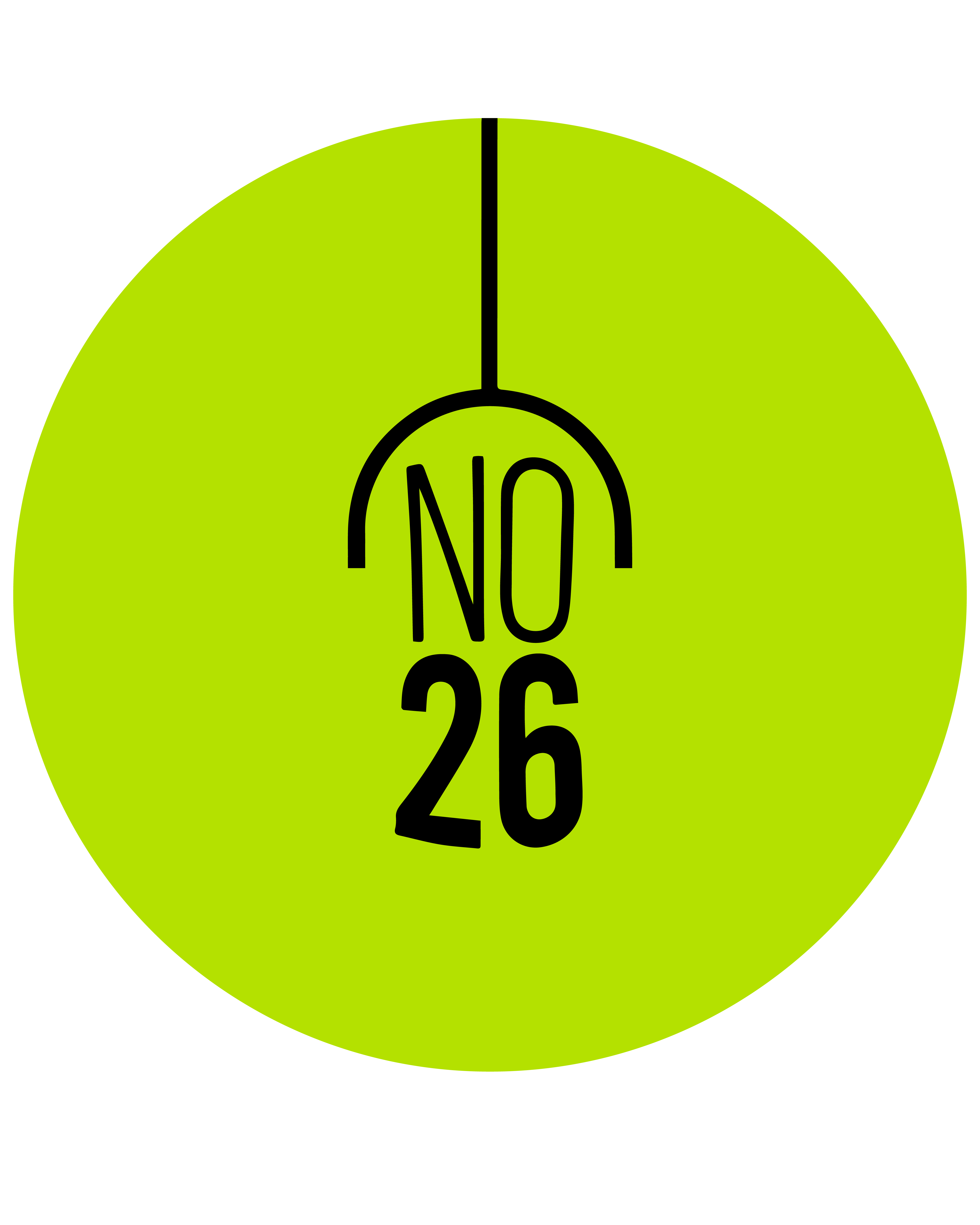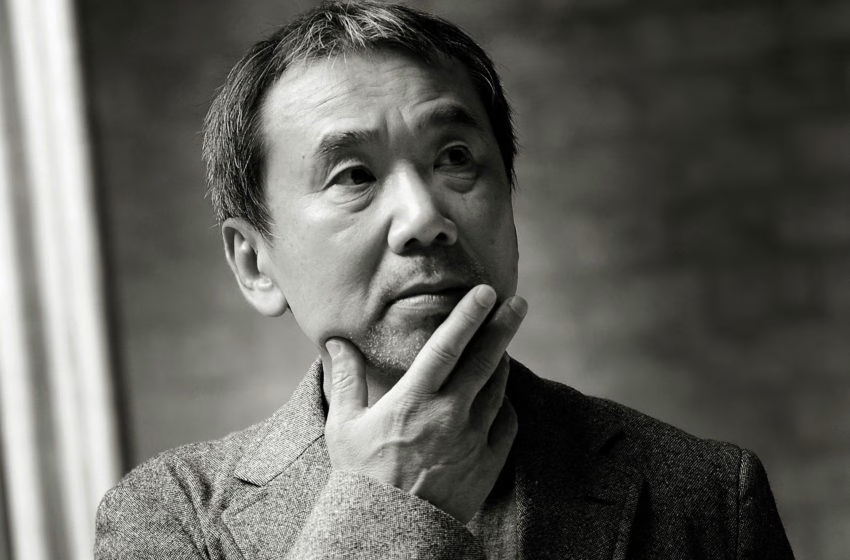Haruki Murakami, Japan’s literary luminary, weaves a dreamlike tapestry of magical realism, existential longing, and cultural introspection that has captivated readers worldwide. For art and culture enthusiasts, diving into Murakami’s bibliography is like entering a surreal gallery where jazz, cats, and parallel worlds paint a vivid portrait of the human condition. With over 15 novels, numerous short stories, and non-fiction works, his oeuvre blends Japanese literature with universal themes, making it a cornerstone of modern literary fiction. This 2025 guide, crafted with a cultural lens, offers a step-by-step approach to starting your Murakami reading journey.
Why Start with Haruki Murakami?
Murakami’s work transcends borders, blending Japanese literary tradition with Western influences like jazz, Kafka, and Fitzgerald. His distinctive narrative style—marked by introspective protagonists, surreal plotlines, and recurring motifs (cats, wells, ears)—creates a cultural dialogue between East and West. Themes of loneliness, love, and loss resonate universally, while his minimalist prose and vivid imagery evoke a cinematic quality, making his books a cultural phenomenon. In 2025, as Murakami’s influence grows with new translations and adaptations (like the animated The Wind-Up Bird Chronicle film in development), there’s no better time to explore his literary legacy.
Cultural Insight: Murakami’s novels often mirror Japan’s post-war identity, blending Shinto mysticism with modern alienation, offering a rich canvas for literary culture enthusiasts to explore Japanese magical realism.
Step-by-Step Guide to Starting Murakami’s Books
To ease into Murakami’s world, we recommend a curated selection of his works, balancing accessibility, depth, and cultural impact. Below, we outline five entry points, ordered from beginner-friendly to more complex, with tips on how to approach his Haruki Murakami books.
- Norwegian Wood (1987) – The Accessible Classic
Why Start Here? This poignant coming-of-age novel is Murakami’s most grounded work, free of his signature surrealism, making it ideal for Murakami beginners. Set in 1960s Tokyo, it follows Toru Watanabe navigating love and loss amidst student protests. Its Beatles-inspired title and nostalgic tone evoke Japan’s cultural shift, while themes of grief resonate universally. With 12 million copies sold globally, it’s a cultural touchstone in Japanese literature.
- Cultural Highlight: The novel’s jazz and rock soundtrack (The Beatles, Bill Evans) reflects Murakami’s love for music, a recurring motif in his work, tying it to literary culture.
- Reading Tip: Savor the emotional depth and vivid settings, like Tokyo’s retro cafés. Pair with the 2010 film adaptation for a visual complement.
- Where to Find: Available in paperback (~€10), eBook, or audiobook via Penguin Random House or Amazon. Libraries often stock it.
- Kafka on the Shore (2002) – The Magical Realism Gateway
Why Start Here? This Japanese magical realism masterpiece introduces Murakami’s surreal style without overwhelming newcomers. It weaves two narratives: 15-year-old Kafka Tamura’s runaway journey and Nakata, an elderly man who talks to cats. Packed with Oedipal mysteries, talking animals, and metaphysical realms, it’s a cultural exploration of identity and fate. The novel won the World Fantasy Award, cementing its literary legacy.
- Cultural Highlight: Shinto spirituality and Greek mythology blend seamlessly, reflecting Japan’s syncretic cultural heritage, perfect for literature lovers interested in folklore.
- Reading Tip: Embrace the ambiguity—Murakami’s open-ended plots invite personal interpretation. Note recurring symbols like fish falling from the sky.
- Where to Find: Widely available (~€12) at bookstores like Book Depository or Kindle. Check local indie shops for translated editions.
- The Wind-Up Bird Chronicle (1994–1995) – The Epic Dive
Why Start Here? Considered Murakami’s magnum opus, this sprawling novel is ideal for readers ready for a deeper Murakami reading journey. Toru Okada’s search for his missing wife and cat unravels into a labyrinth of war memories, psychic visions, and parallel worlds. Its exploration of Japan’s WWII trauma and existential isolation makes it a cultural milestone in modern literary fiction.
- Cultural Highlight: The novel’s historical layers, like Manchurian war atrocities, ground its surrealism in Japan’s collective memory, offering a profound cultural narrative.
- Reading Tip: Take notes to track the complex plotlines. The 2025 animated film adaptation (in development) adds visual context—check trailers for inspiration.
- Where to Find: Available in hardcover or eBook (~€15) via Knopf or Bookshop.org. Some editions include all three volumes in one.
- A Wild Sheep Chase (1982) – The Quirky Adventure
Why Start Here? This early novel, part of the Trilogy of the Rat, blends noir detective vibes with surreal whimsy, making it a fun entry for literature lovers seeking Japanese magical realism. A nameless protagonist hunts a mystical sheep with a star-shaped mark, navigating a jazz-infused, Kafkaesque Japan. Its playful tone and compact length make it accessible yet rich.
- Cultural Highlight: The novel’s jazz clubs and Hokkaido landscapes capture 1980s Japan’s cultural flux, blending Eastern mysticism with Western pop culture.
- Reading Tip: Read it as a standalone, though it connects to Hear the Wind Sing and Pinball, 1973. Enjoy the quirky humor and cat motifs.
- Where to Find: Available in paperback (~€10) or eBook via Vintage Books or Amazon. Indie bookstores often stock it.
- After Dark (2004) – The Short and Poetic Option
Why Start Here? This slim, nocturnal novel offers a concise introduction to Murakami’s distinctive narrative style. Set over one night in Tokyo, it follows Mari Asai’s encounters in a surreal urban landscape, blending jazz, diners, and metaphysical musings. Its cinematic structure and focus on alienation make it a cultural snapshot of modern Japan.
- Cultural Highlight: The novel’s jazz soundtrack and neon-lit settings evoke Tokyo’s nightlife, a microcosm of Japanese literary tradition and urban culture.
- Reading Tip: Read slowly to savor the poetic prose. Pair with a jazz playlist (Miles Davis, Coltrane) to enhance the mood.
- Where to Find: Available in paperback or eBook (~€9) via Penguin or Book Depository. Libraries often carry it.
Step-by-Step Approach to Reading Murakami
- Start with Norwegian Wood: Its emotional clarity and lack of surrealism make it the perfect entry point for Murakami beginners. It establishes his themes of love and loss.
- Move to Kafka on the Shore: Dive into Japanese magical realism with this accessible yet surreal tale, preparing you for his signature style.
- Tackle The Wind-Up Bird Chronicle: Once comfortable, explore this epic for a deeper cultural narrative and historical context.
- Explore A Wild Sheep Chase: Enjoy its quirky adventure to appreciate Murakami’s early voice and literary culture roots.
- Savor After Dark: Conclude with this poetic novella for a concise, atmospheric taste of his distinctive narrative style.
Cultural Tip: Alternate novels with Murakami’s short stories, like those in After the Quake or Men Without Women, for bite-sized doses of his literary legacy. His non-fiction, such as What I Talk About When I Talk About Running, offers insights into his creative process.
Enhancing Your Murakami Experience
- Set the Mood: Read in a quiet space with jazz or classical music (Murakami’s favorites) to mirror his cinematic literary style. Try a cozy café for Norwegian Wood vibes.
- Cultural Context: Research Japan’s post-war history and Shinto mythology to deepen your understanding of themes in The Wind-Up Bird Chronicle or Kafka on the Shore.
- Events in 2025: Look for Murakami-inspired exhibitions or book events, like those at Tokyo’s Literature Museum or the Istanbul Book Fair (March 2025), celebrating Japanese literature.
- Community: Join online book clubs or Reddit’s r/Murakami to discuss Haruki Murakami books and share interpretations of his surreal endings.
Where to Find Murakami’s Books
- Bookstores: Indie shops like Queen’s Park Books (London) or Kinokuniya (global) stock Haruki Murakami books. Check Bookshop.org for local options.
- Online: Amazon, Book Depository, or Penguin Random House offer paperbacks, eBooks, and audiobooks (~€9–15). Kindle often has deals.
- Libraries: Most libraries carry Norwegian Wood and Kafka on the Shore. Use WorldCat.org to locate copies.
- Translations: English translations by Philip Gabriel or Jay Rubin are widely available. For The Phoenician Scheme readers, note its 2025 re-release with new annotations.
Cultural Perspective: Why Murakami Matters
Murakami’s literary culture impact lies in his ability to blend the mundane and the magical, creating a universal language for literature lovers. His novels reflect Japan’s post-war identity—alienation, consumerism, and spiritual searching—while drawing on Western literary giants like Kafka and Salinger. His Japanese magical realism resonates in 2025, as readers seek solace in his introspective worlds amid global uncertainties. From Norwegian Wood’s nostalgic romance to The Wind-Up Bird Chronicle’s historical depth, his work is a cultural bridge, inviting modern literary fiction fans to explore the human psyche.
Cultural Insight: Murakami’s recurring motifs—cats, jazz, wells—act like brushstrokes in a painting, creating a cohesive literary legacy that invites reinterpretation with each read.
Practical Tips for Readers
- Budget: Paperbacks cost €9–15; eBooks are cheaper (~€6–10). Libraries and secondhand shops (e.g., Berlin’s St. George’s Bookshop) offer budget-friendly options.
- Reading Pace: Start with shorter works (After Dark, 208 pages) to build confidence before tackling longer novels (The Wind-Up Bird Chronicle, 607 pages).
- Language: English translations are accessible, but intermediate readers can try Japanese originals for a deeper Japanese literary tradition experience.
- Events: Check 2025 literary festivals like Hay Festival or Istanbul Book Fair for Murakami discussions, enhancing your cultural literary journey.
Final Note
Haruki Murakami’s books are a cultural odyssey, blending Japanese magical realism with universal emotions. Whether you start with the tender Norwegian Wood or the surreal Kafka on the Shore, this guide ensures a rich Murakami reading journey. His distinctive narrative style invites you to wander through jazz-filled nights and metaphysical realms, making him a must-read for literature lovers. Dive into his world and let his stories reshape your perspective on modern literary fiction.
Stay tuned to our site for more literary culture guides and share your Murakami adventures at [email protected]!













